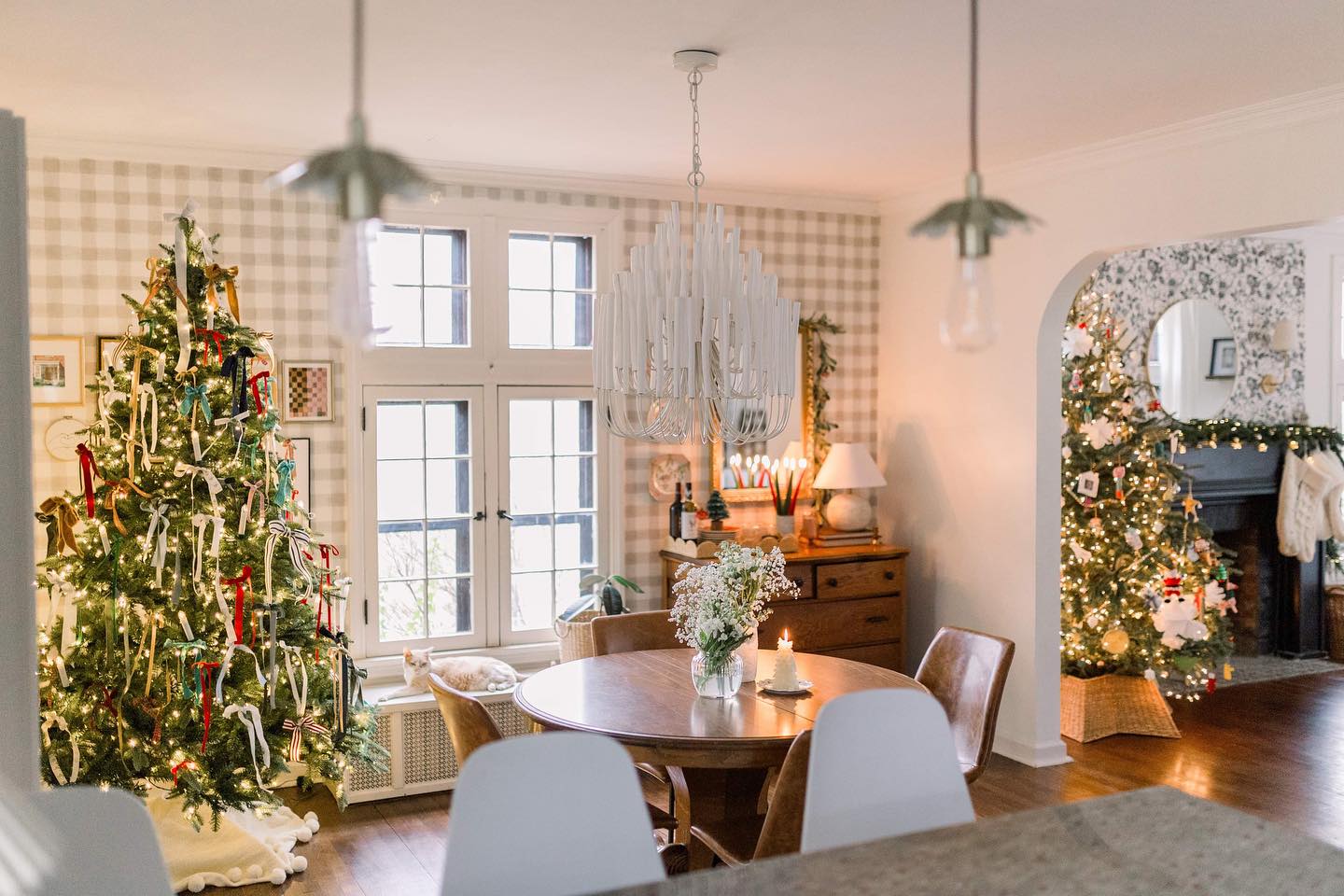“This is one of the largest private developments in Cleveland’s history,” says Peter L. Rubin, president and CEO of The Coral Company, describing the recently approved mixed-use development at Route 422 and SOM Center Road as an “opportunity to add a new dimension to Solon. This is something that will make a difference for a hundred years.”
Most of us think of Solon as a community of newly developed residential and retail. But what Coral discovered after receiving an invitation from the city to talk about the company’s proposed redevelopment project is that Solon is almost as old as Cleveland.
It takes a lot to make projects of this scale become a reality. To tackle it, Coral has assembled what Rubin refers to as “an all-star team,” referencing joint venture partners Ron Oehl and Scott Wolstein. Cole + Russell Architects, the firm working with Coral on its redevelopment of Cedar Center in South Euclid, was brought in for the design.
The point person on the $700-plus million project, The Coral Company Development Associate Jeff Epstein, explains, “Solon doesn’t have a central gathering place. What we set out to design was a center for the community, a gathering place for performing, parks that would be pedestrian friendly. We want to create the heartbeat of Solon.”
Groundbreaking is anticipated in 2009, with development rolling out over a three-to four-year period. The project covers a vast 90 acres of land, with initial plans for 2.9 million square feet of equally divided parts of retail, residential and office space. Included in those estimates are a full-service hotel with a banquet and conference center, a regional healthcare provider and the east-side campus of a local university. Eleven acres of parks will connect the property to the Solon Center for the Arts.
In addition to 600,000 square feet of retail space, two anchor department stores are slated to occupy 250,000 more square feet. “This market will enable us to bring significant-impact retailers who are new to Cleveland,” Epstein says.
More than 15 quality restaurants — a mix of both local and national — are projected to become part of the development, with dining on the plaza, sidewalk or balcony. While on-street parking might be available, the majority of the parking will be in parking decks. “This will be an area that people will walk or bike into, or they will park and then walk to their destinations,” Epstein explains.
Although the move to the suburbs seems to deviate from Coral’s original target locations, Epstein categorizes this project as consistent with the firm’s interests. “Solon is a developed community. We’re working on a redevelopment project in a mature suburb with not much land left. We are creating a downtown environment — a sense of place for Solon,” he says. “That is entirely consistent with Coral’s mission.”
As Epstein puts it, “This is a phenomenal opportunity.”
Trending
-
1
-
2
-
3
-
4
-
5










